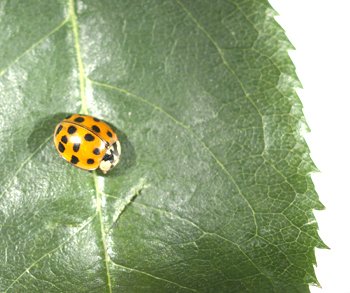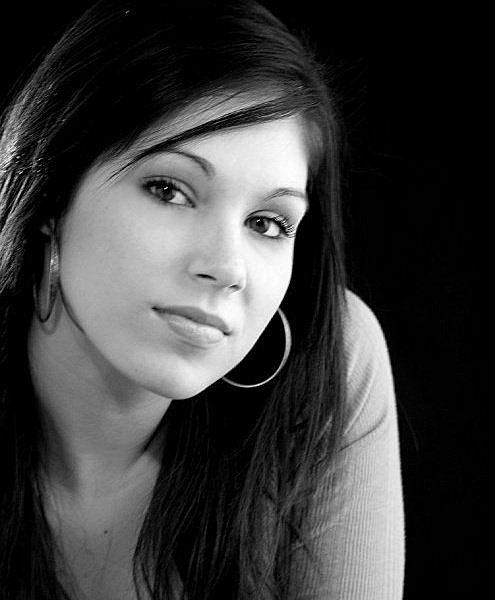The Beetle of our Lady
About the Subject:
Formally known as Coleoptera: Coccinellidae, the ladybug was named after “the Virgin Mary” after farmers prayed to the heavens for a solution to the pest problems that were plaguing their crops. “The beetle of our Lady” or “Ladybird” were common names for this insect that was later known today as a ladybug. These critters range from 1mm to about 10mm, females being larger than males. These brightly colored bugs have mandibles in which they typically feed on plants and reflex-bleed from the leg joints. Their blood (hemolymph) is toxic and is used to protect themselves from predators.
Source: (http://entnemdept.ufl.edu/creatures/beneficial/lady_beetles.htm)

Objective: Be able to properly capture a macro image of a ladybug
Equipment needed:
-Nikon D200 Lens
-Nikon 105 macro lens
-Nikon Bellows w/ mount
-Nikon 38mm thimble lens
-Five (5) white pieces of printer paper
-Leaf
-Copy-stand with camera mount
-Fiber optic light source
-Specimen (ladybug)


Getting Started:
After setting up your equipment by attaching your first lens of choice to the camera and the camera to the copy-stand (thimble lens will mount to one end of the bellows and the camera will attach to the opposite end) you will arrange the white printer paper to form a box like barrier. This barrier will work as a diffuser for the light source in order to avoid harsh shadows on the specimen. After the barrier is set up you can place the leaves and the specimen in the box.
Lighting the Scene: After setting up the light source, you can aim one light head directly over-top of the specimen and the other on one side of the white box facing your subject.

Capturing the Image:
Set your camera lens to the highest magnification and move the copy-stand until your subject is in focus. With the macro lens you will be able to adjust aperture within the camera, whereas with the thimble lens the aperture will be set directly on the lens itself. With the smallest aperture set you will be able to capture the most depth a field in your image.

Conflicts You May Have:
You may encounter some problems with reflection coming from the light source on your subject. Because of the shell of the ladybug, it is hard to deflect the light to avoid reflection and still give yourself enough light to expose your subject. If you experience hard shadows, try moving the light head used as a diffuser to the appropriate side of the box that you are experiencing the shadows.


About the Photographer: My name is Nicole Clifford; I am a fourth year Biomedical Photographic Communications major at Rochester Institute of Technology from Manlius, NY. I am fulfilling my photography concentration in photo microscopy (photography within the microscope) and will be graduating in May 2011 with plans on obtaining a MS degree in the field of Forensic Science.
